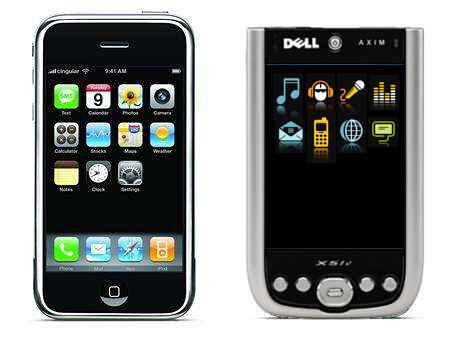One of the hottest stories around the blogosphere is the circulation of z-lists.
Jules has an example on her blog (thanks for the link love, Jules) and others like
Instigator Blog have dabbled in it too. What's a z-list? it's all the bloggers in need of a little link love and like the chain letters I grew up with (some things don't change, do they?), these link lists get circulated amongst bloggers and through viral circulation, everybody's technorati ranking goes up. You can be sure, there are a couple of engineers at Technorati and Google trying to figure out how to eliminate these spurious effects.
With over 100 million blogs out there (depending on who you get the statistics from, nevertheless, it's a very big number), everyone wants to be heard, and ranking is like getting a bigger soapbox than everyone else. Too many bloggers focus on traffic and ranking as the marks of blogging success. I think that's wrong. We should focus not on the traffic or link number itself but rather what it buys us. It buys us reach. I remember having this conversation in the early days of
TheGoodBlogs with a seasoned individual in advertising. I said we were driving more traffic, he said the benefit wasn't traffic, it was reach. I didn't understand that for quite some time because it seemed like the same thing. What he meant was traffic as a number (beyond bragging rights) is meaningless. What it buys you is more reach, i.e. getting more exposure so that you can attract the readers that do appreciate your blog content. That's how blogrolls started and was really meant to be, it was a list of bloggers you promoted because you felt it was important that your readers knew about them. Then it turned into a link exchange. If you focus on the concept of reach, then you realize that increasing traffic is just one of the ways of doing it, visiting other blogs and joining conversations is another way, making sure you blog often gets you more Google hits and allows more people to find you. Of course, joining TheGoodBlogs helps too because your fellow bloggers actively promote you everytime readers visit their blogs.
Seth Godin comments on
his blog, "...My intent from the beginning was not to game technorati nor to create a competitive environment for bloggers. It was simple: to provide a platform with traffic that would make it easy for good blogs on marketing and similar topics to get read. I still believe that we need that..." Alas, Seth, driving more traffic didn't mean people actually clicked on the links, it became a game that people put on their blogs so they could increase their ranking. As for making it easy for good blogs on marketing to be reach, try out our
marketing community at TheGoodBlogs. There are some pretty awesome conversations going on there. Putting the widget on your blog will probably allow you to promote your peers more than any zlist can.























